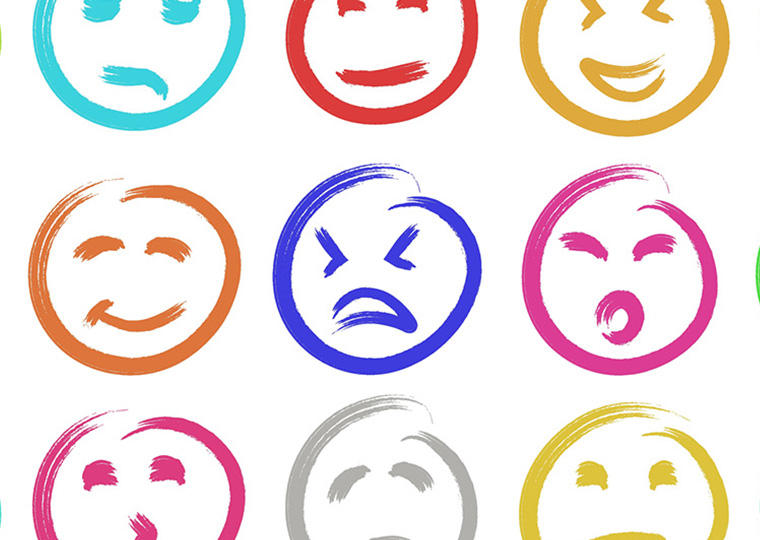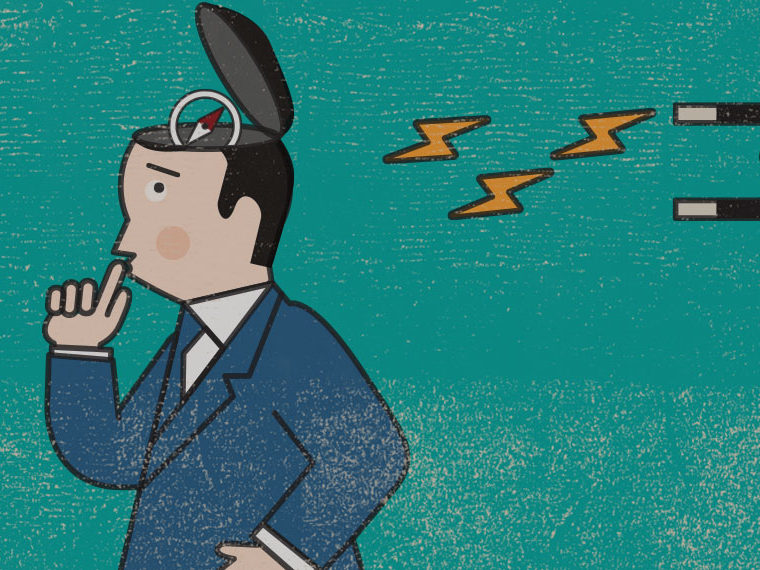Placing an inferior ‘decoy’ option in a menu of choices can trigger people to take their business elsewhere
Businesses need no convincing that coming off as trustworthy is central to their success. More than 90% of executives recently surveyed by management consultants PwC agreed that building and maintaining trust improves their bottom line.
That said, businesses have work to do on this front. The same survey reports that while 9 in 10 business execs contend their customers view them as highly trustworthy, just 30% of consumers agree.
Research published in Organizational Behavior and Human Decision Processes suggests businesses looking to build or maintain trust with consumers might want to review how they deploy a common marketing practice.
Whether selling a health insurance policy or a cable TV package, it’s a common marketing practice to present consumers with a variety of choices that offer trade-offs between service and price. And it’s also not uncommon in a choice menu to include one “decoy” inferior option whose sole purpose is to coax consumers to pick the alternative that is most lucrative for the company. The presence of the decoy in fact nudges people to have a higher preference for another option (the one most similar to, but better than, the decoy) than if the decoy hadn’t been in play.
While this widely known “attraction effect” may seem like a sound marketing ploy to drive more business to the product with the best profit margin, a series of seven experiments involving more than 3,000 participants suggests a business downside: It reduces overall trust in the company. That, in turn, can cause the intended audience to reduce their interest not just in a given product but also in the company (and its product line) entirely.
Something Fishy Here
Washington University in St. Louis’ Jonathan E. Bogard, University of Maryland’s Joseph S. Reiff, and UCLA Anderson’s Eugene M. Caruso and Hal E. Hershfield find that the inclusion of inferior decoy options can trigger the intended audience to shift from solely judging the product/price trade-offs in the available options to also judging the motivations/intentions of the company offering the decoy option.
In one experiment, more than 500 participants recruited on Amazon Mechanical Turk were told to imagine they had just moved to a new town and received an offer from the region’s main internet provider. As shown below, participants were presented with one of three possible choice sets. The far-left option served as the control group: two options with a clear speed/price trade-off. The middle option included the decoy — also often called the “dominated” option in academia. In this middle option, Plan G is clearly inferior as it costs more for a slower speed than available in Plan S. The far right option is a more nuanced three-option choice set, where Plan G now is a sensible option, as the higher cost in fact buys superior speed.
All participants were asked to rate the cable company on a scale of 1 (no distrust at all) to 11 (complete distrust). Participants whose offer included the decoy option registered significantly more distrust (6.22 average) than participants who got the simple 2-choice option (4.46 average).
Supporting the notion that the problem is not the inclusion of three options, but rather a third option that is clearly inferior, the participants given the three-option “compromise” choice set that at least made sense had a trust score (4.17) in line with participants in the control group.
In another experiment, nearly 500 participants were told they had some money to save for retirement and needed to find a good-fit investment firm. They were shown two company offers that varied only in their annual fees and transaction costs. One firm offered two options with a clear (and logical) trade-off, while the other investment firm’s choice of services included a third “decoy” option. The researchers once again found that the decoy option engendered less trust in the firm. They also asked about fairness; here too, the company with the decoy option engendered more distrust.
And that seems to have a direct impact on business. The researchers asked participants to choose which firm they wanted to hire. Only 26% chose the firm with the decoy option.
You Can Trust Us
However, the researchers unearthed an interesting nuance that can somewhat mitigate the damage from lower levels of trust. In a separate experiment, participants were run through the same investment company choice set, with one new variable. Half of the participants were told that both companies had a third-party trust rating of 4.8/5.0. That is, both firms had been deemed to be highly trustworthy.
Once again, the participants without any trust information were dubious about giving their business to the firm with the decoy option; just 37.3% chose that firm. Interestingly, among participants who had been told both firms were rated highly trustworthy, there was greater willingness to hire the firm with the dubious decoy option: 47% chose that firm, which is right around the 50% that would be statistically neutral in a two-choice set.
This research provides pushback against a position taken by some researchers that consumer consideration of “decoy” options is an irrational behavioral mistake. Absent information about an organization’s trustworthiness, the manipulative decoy compels many consumers to consider taking their business elsewhere.
Featured Faculty
-
Eugene Caruso
Associate Professor of Management and Organizations and Behavioral Decision Making
-
Hal Hershfield
Professor of Marketing and Behavioral Decision Making
About the Research
Bogard, J.E., Reiff, J.S., Caruso, E.M., & Hershfield, H.E. (2024). Social Inferences from choice context: Dominated options can engender distrust. Organizational Behavior and Human Decision Processes, 183, 104337.






